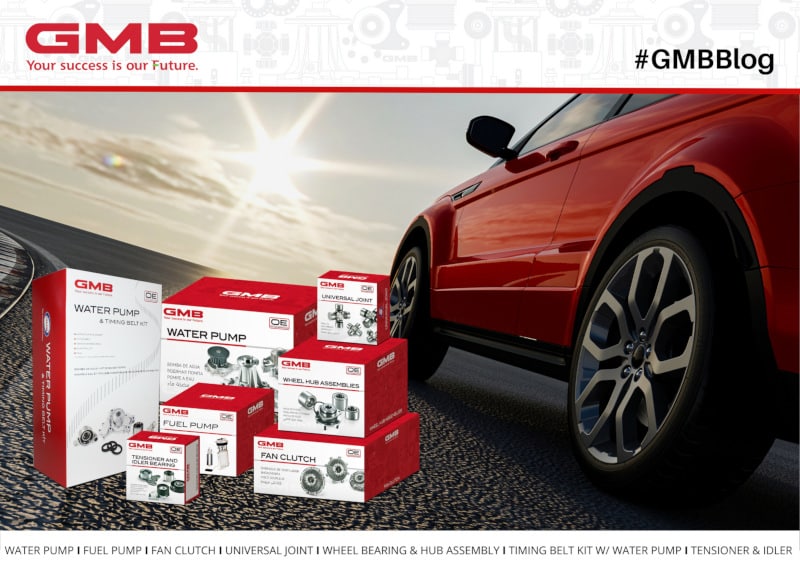How Winter Kills Wheel Hub Assemblies
Potholes can wreak havoc on a vehicle’s tires, wheels, wheel alignment and balance, and wheel bearings and hubs. If wheel hub assemblies have an enemy, it’s potholes.

When a vehicle hits a pothole, the wheel bearing is suddenly jolted. Often, drivers forget about that sudden jarring their car endured yesterday or last week, so repair shop owners should ask customers if they’ve recently hit any potholes. Potholes are a common occurrence on many city and rural roads, but many drivers don’t understand that those repeated jolts can cause wheel bearing failure over time.
Although they are a year-round issue, potholes are much more dangerous during the winter. During these chilly months, it’s important to keep the pothole conversation going with service customers. No one wants to end up on an icy highway with a wobbly wheel, or worse, with a wheel that seizes up.
Wintertime is worse for wheel hub assemblies for three reasons:
1. Hidden Curbs and Potholes
Snow blankets parks, roofs, and roads. While it can create a beautiful scene, it also covers up potential dangers. Snow can disguise ice, potholes, and curbs. A sudden patch of ice can quickly send a car out of control, making it vulnerable to impact with other cars, curbs, and potholes. Even without a slippery patch under the tires, snow camouflages potholes and curbs, both of which may cause damage even if the vehicle isn’t traveling at a high speed. Of course, the faster a vehicle hits a curb or pothole, the more damage there is to the wheel bearing.
2. Unexpected Potholes
Ice causes potholes to form almost spontaneously. This is because the water that has seeped into the cracks in the road expands as it freezes. As it thaws, there are unsupported pockets beneath the road. Both actions put pressure on the asphalt or concrete. Either road material will begin to crack and crumble. The freezing action combined with brief warm-ups and lots of traffic is a recipe for potholes. This means that the busy road you take to work in the morning can have a brand new pothole by the time you drive home.
3. Slower Pothole Repair
Many drivers now call their government’s local street repair or transportation divisions to report potholes and help spare other drivers from pothole damage. During the warmer months, the temperatures and reduced precipitation mean road crews have a better environment to repair holes and allow the asphalt or concrete time to dry and solidify. The shorter winter days and weather conditions also mean there’s less light and warmth for the teams to complete the repair, so potholes may take longer to get resolved.
Talking to Your Customers About Potholes
When the symptoms of a bad wheel hub assembly crop up, it can be hard to pinpoint the issue. That’s why it’s important to talk to your customers about identifying the signs of a bad wheel hub assembly. If you let your customers know how easy it is to damage a wheel hub assembly in the winter, they’ll be more likely to turn to your shop if they notice any symptoms. That way, your shop can diagnose the issue and replace the wheel hub assembly for them if necessary.
MORE CONTENT
Stay current!
Sign up here to get the latest news
and updates on all things GMB.
Sign Up To Receive GMB News & Updates!

